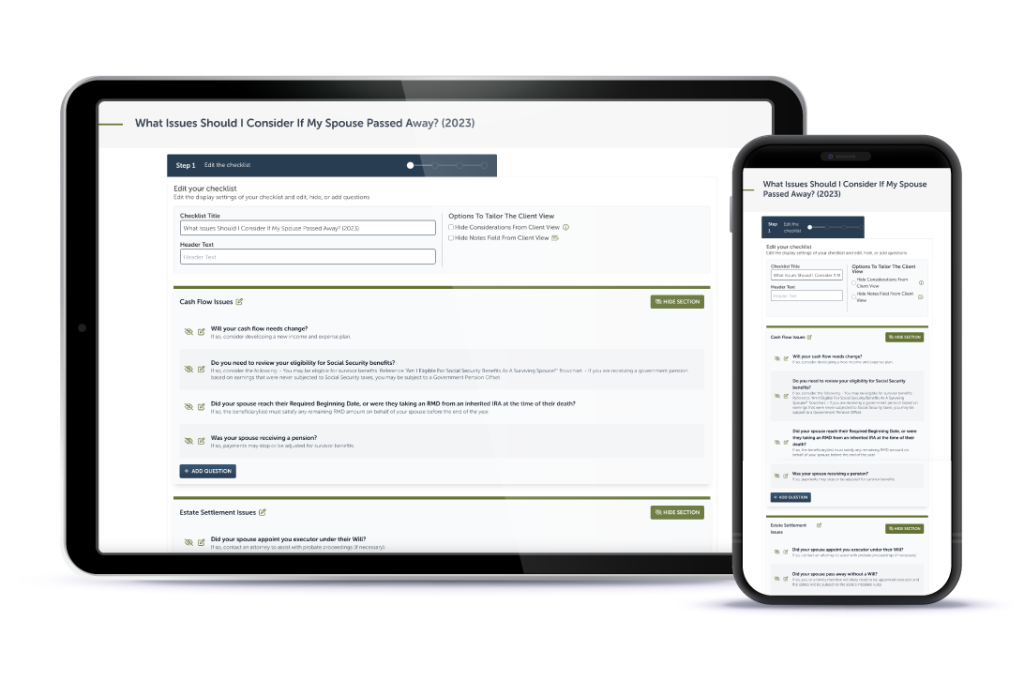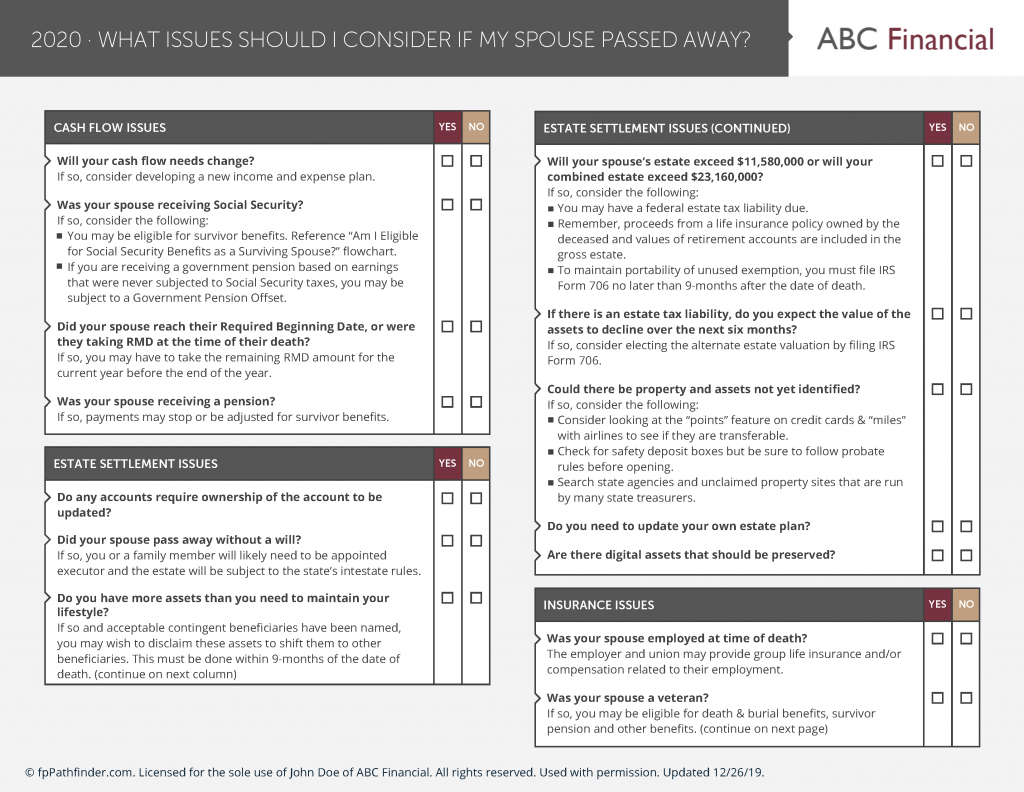Getting to the root of client reluctance can be one of the trickiest parts of your role as an advisor. You might find it difficult to explain to clients why certain assets should (or should not) be in their portfolio. In truth, many clients’ motivations to buy or sell an asset are rooted in any — or several — behavioral biases of which they may not be aware.
How behavioral biases may impact clients’ financial decisions has become an interesting area of study for advisors. To help you navigate this important facet of the advisor-client relationship, integrate the “Am I Subject To A Behavioral Bias Regarding An Asset I Own” and “Am I Subject To A Behavioral Bias Regarding An Asset I Don’t Own” flowcharts to:
- Inform yourself: Review the full flowchart to identify common biases.
- Prepare yourself: Before the client meeting, analyze which biases might apply to your client.
- Differentiate yourself: With your client, step through the flowchart together and explore every path for conversation purposes.
When you lead your clients through behavioral bias conversations, you can drive deeper and more effective communication. Your initiative will fortify your ability to:
- Serve your clients more fully because you’ve helped them identify, understand, and discuss their tendencies.
- Develop stronger client relationships.
- Motivate clients.
- Improve client outcomes.
An ideal time to use these flowcharts — whether it’s as your behind-the-scenes secret sauce or a tool you use to guide the client conversation — is during an investment review meeting. They are terrific resources to pair with the “What Issues Should I Consider When Reviewing My Investments” checklist.



